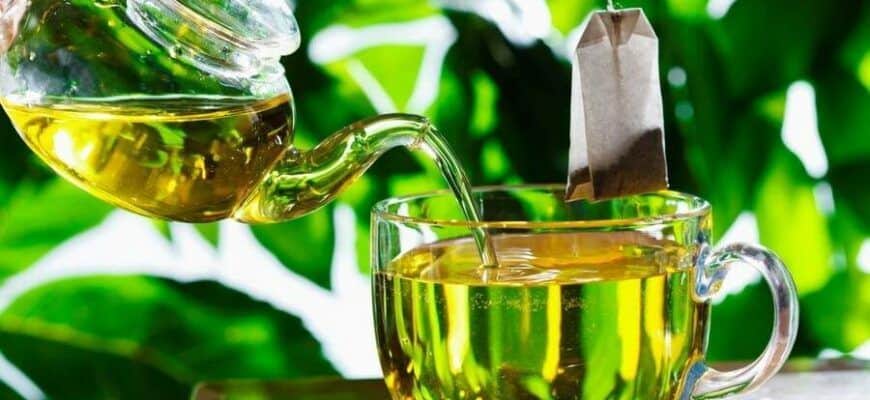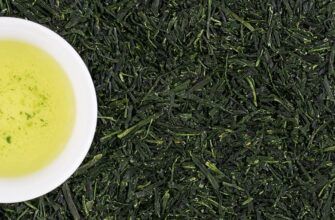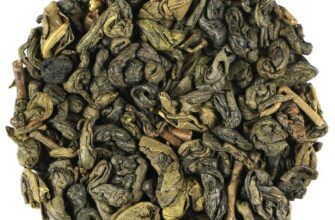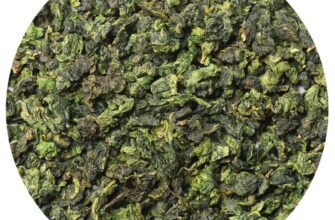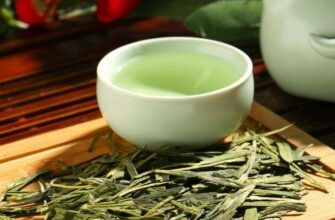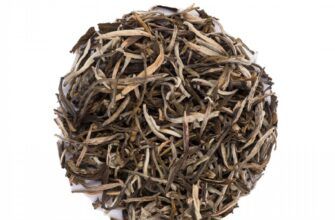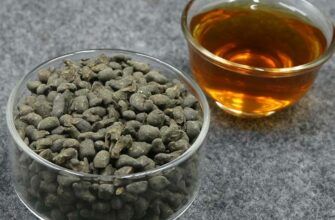Green tea is tea that has undergone minimal oxidation. Green tea is a popular tea from Japan or China that has also won everyone's love in recent years.
Usually green tea has a light, fresh taste. Some types of tea taste like grass. The name green tea is derived from the green color of the dried leaves. Very often, green tea has a yellowish tint during brewing.
In the manufacture of green tea, drying on a baking sheet is used, as well as drying with air jets after drying in order to stop the oxidation process and preserve freshness.
Types of green tea
There are many types of green tea. Counting the number of different varieties of green tea that exist in China seems like an impossible task, but most of all green teas are produced in China and Japan.
Chinese green tea
Chan Mi (Chun Mee)
Green tea from Zhejiang and An Hu provinces, slightly hazy in appearance and has a sour taste.
Gunpowder Tea
Outwardly, it looks like gunpowder, but it tastes like mint.
Longjing Tea
One of the most famous Chinese teas, traditionally included in the top 10 best Chinese teas. Dried on baking sheets, outwardly the leaves look unusually flat. Since this tea is very famous, fakes are very common.
Tunlu Tea, Twankay Tea
Produced in the mountainous Huanshan province, including Shi County, the tea is known for its juicy taste and long aftertaste.
Varieties of green tea in Japan
Bancha (Bancha)
A lower quality Sencha tea made from coarse leaves and stems harvested in the third or fourth harvest from early summer to autumn. The size of the rolled tea leaves is also larger than that of Sencha tea. Aki-Bancha (Autumn Bancha) is not made from whole leaves, but from small cut branches of the tea plant.
Hojicha (Houjicha)
This is a low quality tea made from Bunch by roasting it over charcoal for a few minutes. Houjicha has a brownish color, a unique aroma due to roasting, exuded during brewing, and a slight golden hue, reminiscent of the color of weak beer.
Kamairicha (Kamairicha)
This type of tea is roasted on pans instead of traditionally steamed. Therefore, this tea does not have the bitter aftertaste typical of most Japanese teas. This tea is only made in the Kyushu region.
Tamariokucha (Guricha, Tamaryokucha, Guricha)
This tea has a spicy, berry flavor, with a long almond aftertaste and a deep aroma of citrus, herbs and berries. Produced only in the Kyushu region.
Gyokuro
One of the best teas in Japan. It has a delicate, sweet taste, slightly tart, and a unique aroma. Grown in the shade for about two weeks. This is really good green tea.
Matcha (Tencha, Matcha, Tencha)
Green tea, which is used mainly in the traditional tea ceremony. Before brewing, all stems and twigs are carefully removed to turn the tea into a fine powder. To make the tea taste sweeter, the plants are kept away from sunlight for about three weeks before harvesting.
Sencha
The most common tea in Japan. It is made from the leaves of the first and second crops, which have been exposed to direct sunlight. Fukamishicha is a type of Sincha that is exposed to steam for a long time. The color of the broth is dark green, and the taste of tea is completely devoid of bitterness.
Genmaicha (Genmaicha)
It is a mixture of Buncha (sometimes Sencha) and brown rice. It is sometimes mixed with a small amount of Matcha to enhance the color.
Read more: